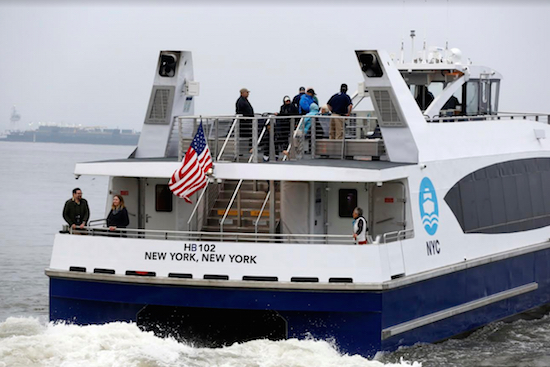Big Losses, Weak Oversight: Lander slams NYC Ferry in new report
Brooklyn residents also report huge lines

Channeling poet Walt Whitman’s descriptions of New York ferries, NYC Comptroller Brad Lander gave a dramatic press conference to blast the subsidized system’s failure to report huge losses — underreported subsidies of a quarter of a billion dollars.
This announcement follows on the heels of mounting complaints by Brooklyn ferry riders. Long lines and wait times that often exceed an hour have been reported by commuters who travel daily along the Brooklyn waterfront.
One Brooklyn Heights resident told the Brooklyn Eagle, “I learned never to travel by ferry on a holiday. I waited more than two hours on Memorial Day and ended up having to take a bus home from Williamsburg. I had already paid for my ferry ticket, as did the other 400 or so people who could not get onto the crowded ferry after ferry. The ticket is only good for one day, so we all wasted our money.”